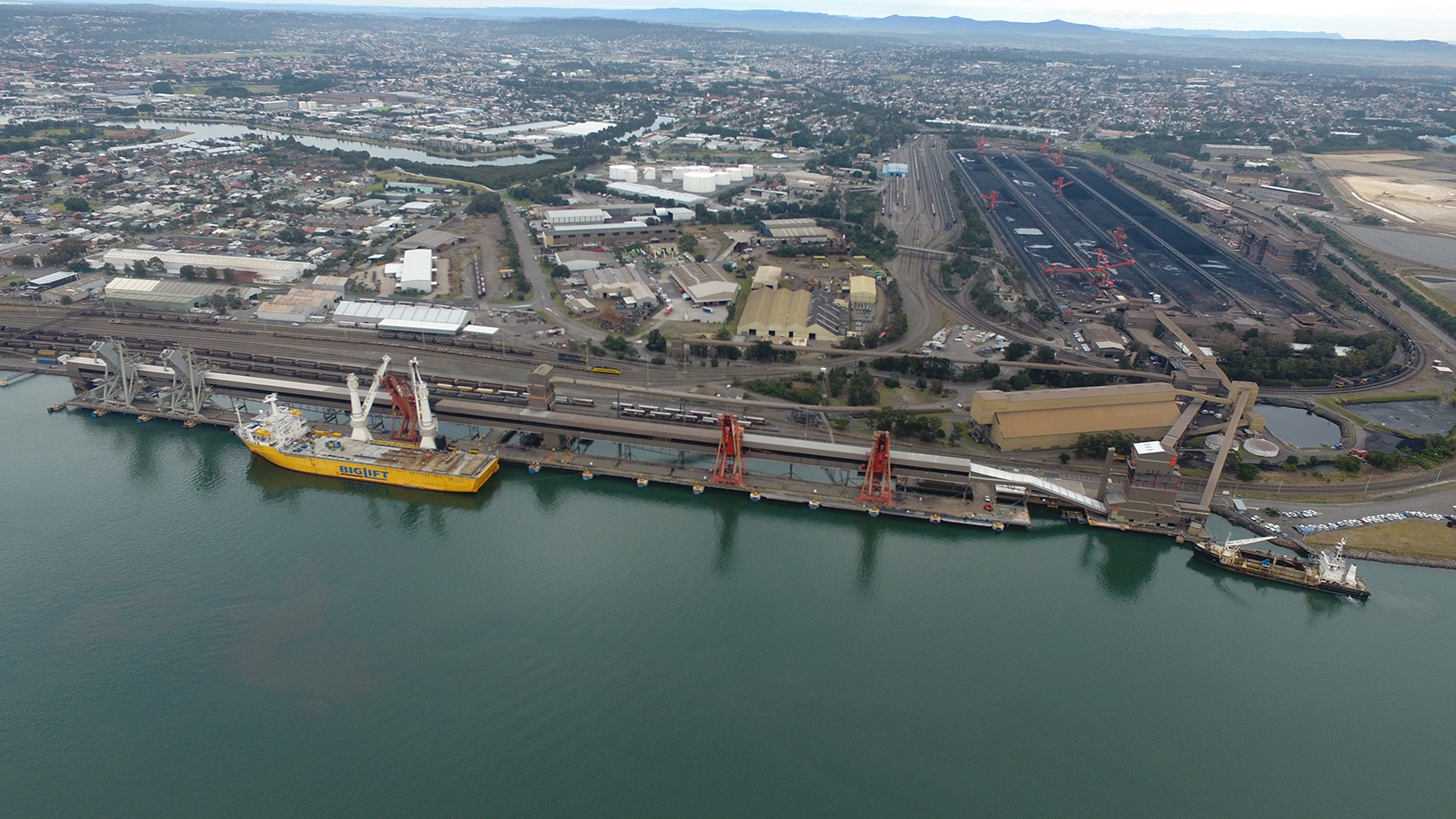Page
Opinion: Getting the facts about the Hunter Coal Rail Network
Originally published in Coalface Magazine
NSW Minerals Council CEO, Stephen Galilee
Most people understand that coal mining is an important pillar of economic strength and stability for the Hunter. Directly employing over 12,000 workers and supporting an additional 55,000 jobs across the region, mining companies contributed $6.3 billion in wages, business purchases and community contributions in the last financial year.
A key element in coal chain is the Hunter Valley rail network. This rail corridor is the vital economic artery that carries our coal to the doorstep of world markets.
There has recently been a lot of discussion and unfortunately a lot of misinformation about dust generated along the rail corridor.
It’s important that the people of the Hunter get the facts about air quality along the rail network. That’s why
rail corridor users and operators from the Hunter coal industry are working together on a new research project to help better understand coal train impacts.
Extensive scientific studies by organisations like ANSTO have consistently found that air quality around the Newcastle rail corridor is good, meets national air quality standards, and that coal trains do not have a significant impact on ambient air quality.
We know that coal trains generate some dust, just like freight trains, passenger trains, trucks, cars, agriculture, bush fires, wood heaters, wind and sea spray. But all the evidence suggests coal trains contribute a small proportion of overall particulates and have little effect on ambient air quality.
As an industry we must constantly seek to minimise our impacts. Our new research project will therefore identify factors in the Hunter Valley coal chain that influence potential dust emissions from trains, such as loading and unloading practices, the shape of coal loads (which influences wind erosion), travel times and distances, coal types, and whether coal is washed before it is transported.
Opportunities to make changes to minimise potential dust emissions will also be identified, and wind tunnel tests will be conducted to assess the effectiveness of spraying the surface of coal loads with water or chemical veneer to reduce wind erosion.
These studies will allow us to make properly informed, evidence based decisions about the best ways to minimise potential dust emissions from coal trains.

